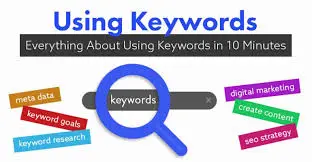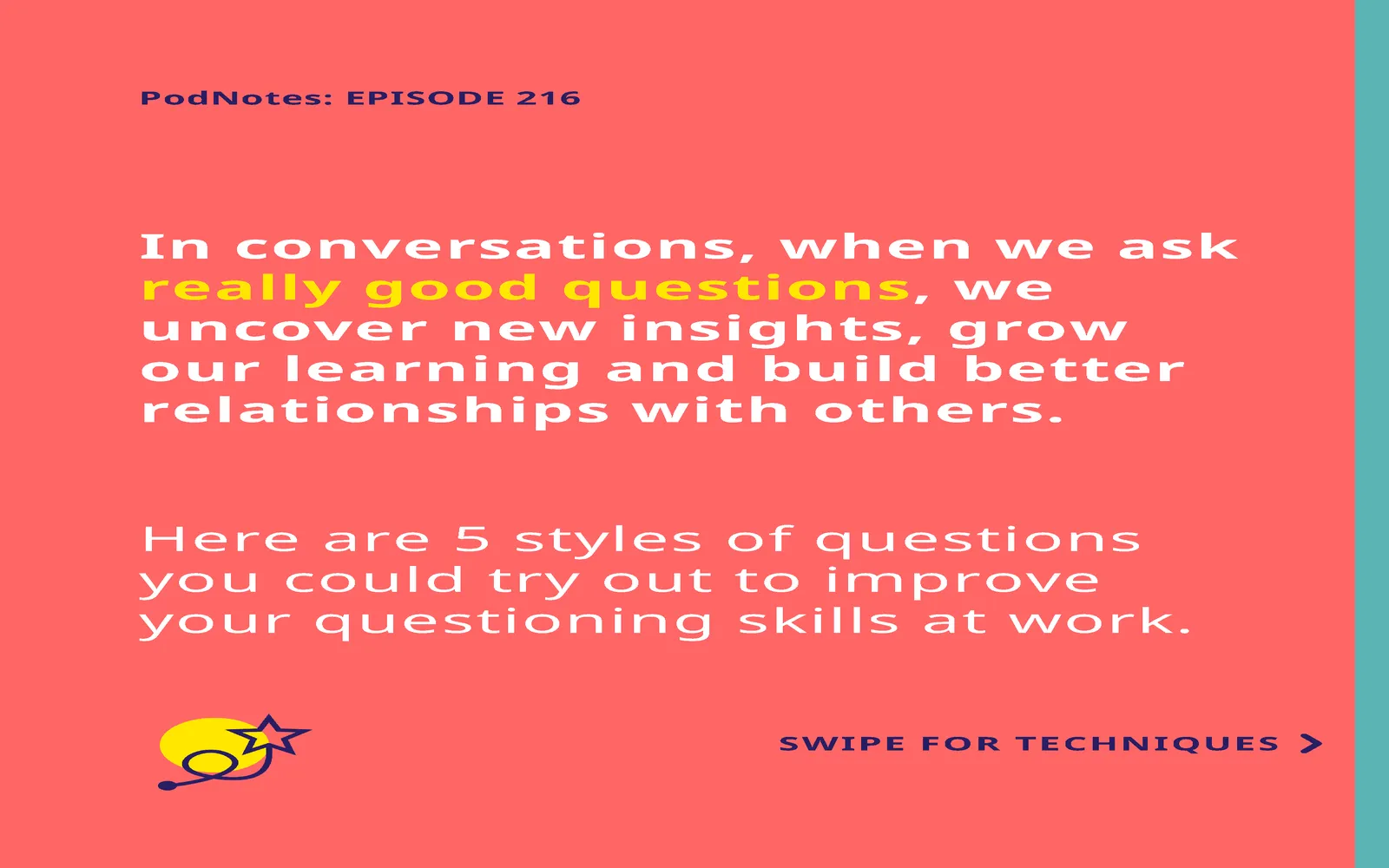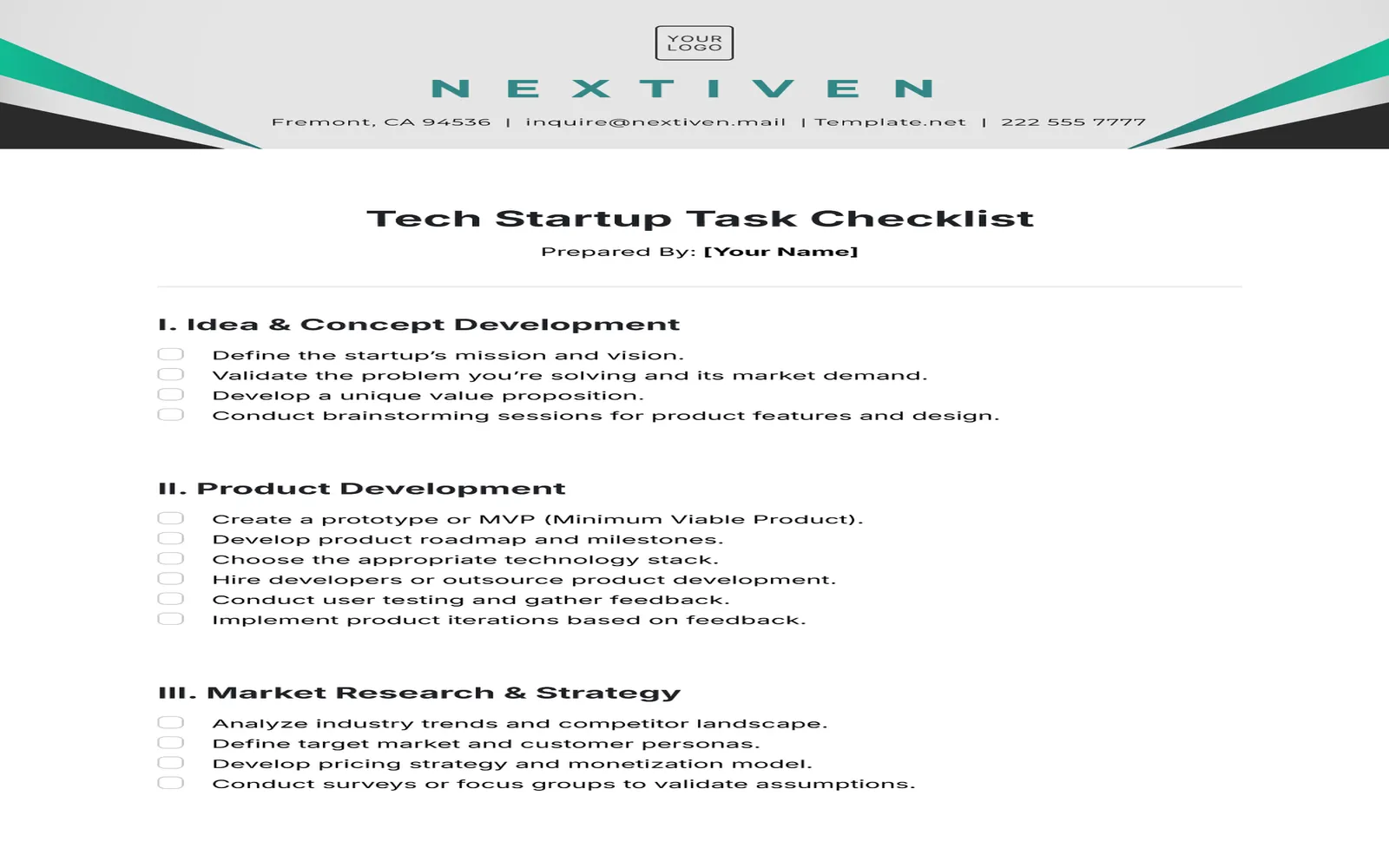Understanding Zero-Click and No-Click Content
In the evolving landscape of digital marketing, zero-click content and no-click content have emerged as pivotal strategies for brands seeking visibility in search engine results. These content types are designed to provide immediate answers to users without requiring them to navigate away from the search results page, thereby enhancing user engagement while potentially reducing traffic to external sites.
What is Zero-Click Content?
Zero-click content refers to information that appears directly on the search engine results page (SERP) without the user needing to click through to another website. This content can take various forms, including featured snippets, knowledge panels, and answer boxes. For instance, when users ask a question to Google, they may find the answer displayed right at the top of the results page.
Here is a breakdown of common types of zero-click content:
| Type | Description | Examples |
|---|---|---|
| Featured Snippets | Information pulled from a webpage that directly answers a query. | Definitions, lists, and steps. |
| Knowledge Panels | Information boxes that provide details about a person, place, or thing. | Wikipedia summaries, notable figures, and companies. |
| Local Packs | Listings of local businesses relevant to the search. | Restaurants, shops, and services. |
What is No-Click Content?
No-click content, on the other hand, refers to content that is designed to offer value without requiring any clicks at all. This type of content is particularly effective on social media platforms and messaging apps, where users consume information quickly and expect instant gratification. No-click content often includes visuals, infographics, and concise messages that can be absorbed at a glance.
Examples of no-click content include:
| Type | Description | Examples |
|---|---|---|
| Infographics | Visual representations of information or data. | Charts, graphs, and timelines. |
| Social Media Posts | Engaging content designed for social interaction. | Memes, polls, and short videos. |
| Quick Tips | Short, actionable advice that can be easily implemented. | Life hacks, DIY tips, and productivity hacks. |
Benefits of Zero-Click and No-Click Content
Utilizing zero-click and no-click content provides numerous benefits for brands and marketers. Here are some of the key advantages:
- Increased Visibility: By appearing in featured snippets or knowledge panels, brands can enhance their visibility and authority in their niche.
- User Engagement: No-click content is designed to capture attention quickly, leading to higher engagement rates on social media and other platforms.
- Brand Awareness: Even without direct clicks, providing valuable information helps build brand recognition and loyalty.
- SEO Benefits: Creating content that targets zero-click opportunities can improve a website’s overall SEO strategy, driving organic traffic over time.
Creating Effective Zero-Click and No-Click Content
To successfully implement zero-click and no-click content strategies, brands should consider the following best practices:
1. Understand User Intent
Conduct thorough keyword research to identify what users are searching for and tailor your content to meet their needs. Focus on questions and topics that can be answered succinctly.
2. Optimize for Featured Snippets
Structure your content in a way that is conducive to being pulled as a featured snippet. This can include using bullet points, numbered lists, and clear headings.
3. Use Visuals Wisely
Incorporate eye-catching visuals such as infographics and images to convey information quickly and effectively. Visual content is more likely to be shared and engaged with on social media platforms.
4. Monitor Analytics
Regularly analyze your content’s performance to understand what type of zero-click or no-click content resonates with your audience. Use this data to refine your strategy continuously.
Conclusion
In summary, zero-click content and no-click content are powerful tools for enhancing online presence and engaging audiences effectively. By understanding these concepts and strategically implementing them, brands can leverage their potential to improve visibility and foster deeper connections with consumers. As the digital landscape continues to evolve, staying ahead with these content strategies will be crucial for success.





